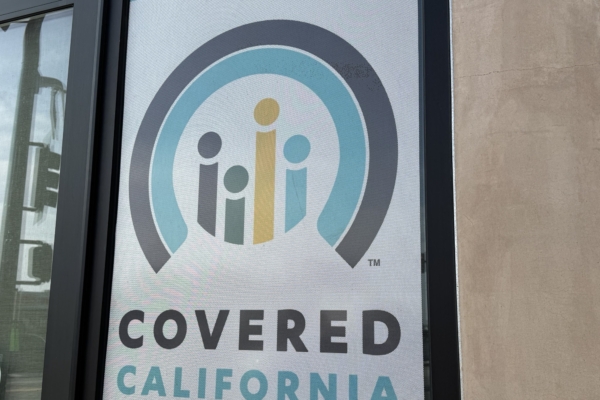In 2026, significant changes are expected to take place in the affordable healthcare policy, directly impacting the entire Covered California market in California. As the enrollment period officially opens, Alina Chen, a senior insurance and financial broker at Fangyuan Insurance, advises the public to understand the changes and review their plans before enrolling or renewing to avoid spending a “huge amount” of unnecessary money.
Traditionally, the renewal period for existing Covered California insurance customers starts on October 15th and ends on December 31st. New customers will need to wait until November 1st to apply for the 2026 health insurance plans, with the enrollment period ending on January 31st of the following year. Missing the deadline will result in losing eligibility to purchase insurance for 2026.
Alina first pointed out that current California law still mandates every resident to purchase qualified health insurance. Those without insurance or without an exemption face fines when filing taxes at the end of the year.
Covered California is the largest state health insurance marketplace in the United States, assisting individuals and small businesses in purchasing low-cost healthcare through federal subsidies. Aside from obtaining insurance through employers or purchasing individually, millions of California residents rely on this platform to receive subsidies based on their income, leading to the emergence of “zero premium” healthcare plans in previous years.
For the coming year, only customers just above the income threshold, between 138% and 150% of the federal poverty line (FPL), will see minimal impacts with premiums remaining largely unchanged. However, for those whose income exceeds 200% of the FPL, premiums will significantly increase unless they purchase the most basic bronze plan. And for those with incomes over 400% of the FPL, no subsidies will be available, resulting in the most substantial impact.
According to the 2026 FPL standards, 138% of the income line is $21,597 for an individual and $29,187 for two people; 150% of the income line is $23,475 for an individual and $31,725 for two people; 200% of the income line is $31,300 for an individual and $42,300 for two people; and 400% of the income line is $62,600 for an individual and $84,600 for two people. This means that individuals with annual incomes exceeding $62,600 will lose their subsidy eligibility.
As the government subsidy levels are directly tied to the applying household’s annual income, some individuals intentionally report lower incomes to qualify for “very low premiums.” Alina advises submitting accurate income information.
“Some customers have high incomes but report lower incomes in their application. In this case, they will have to repay the excess subsidy received during tax filing at the end of the year. Under the 2025 policy, as long as the income does not exceed 400% of the FPL, only a partial amount of the overpaid subsidy needs to be repaid. However, a significant change next year is that this excess amount will need to be fully repaid,” she mentioned.
For example, based on actual income, the government may subsidize $200 per month; but due to underreporting, the individual actually receives a $400 subsidy. Therefore, when filing a tax return for 2026, they would need to repay the $2,400 overpaid amount.
Covered California offers bronze, silver, gold, and platinum plans. Within the silver plan, there are subdivisions like silver 70, silver 73, silver 87, and silver 94, with higher levels providing better healthcare benefits.
Alina highlighted that in 2025, many customers who purchased silver 70 plans were automatically upgraded to silver 73 level for free. However, this benefit will no longer apply next year, and those who wish to upgrade would need to pay additional monthly premiums.
Alina also mentioned that for the coming year, Covered California’s “automatic renewal” policy has a new prerequisite requiring customers to enter the healthcare system to verify personal information such as income and address. Failure to do so will result in no automatic renewal.
“If you do nothing, the system won’t automatically renew for you, so it is crucial to contact your broker to confirm your information in the system,” she further explained. “If you verify your address, income, and identity in the system but haven’t decided on a plan yet, the system will automatically renew based on your current plan until December 31st.”
In summary, the policy changes for the 2026 Covered California policy are significant. Alina advises applicants to carefully review plan details and choose healthcare insurance that meets their needs. If income does not meet subsidy requirements or the subsidy amount is insufficient, there are other options available to the public, such as bypassing the Covered California platform and directly purchasing insurance plans from insurance companies (off-market plans).

